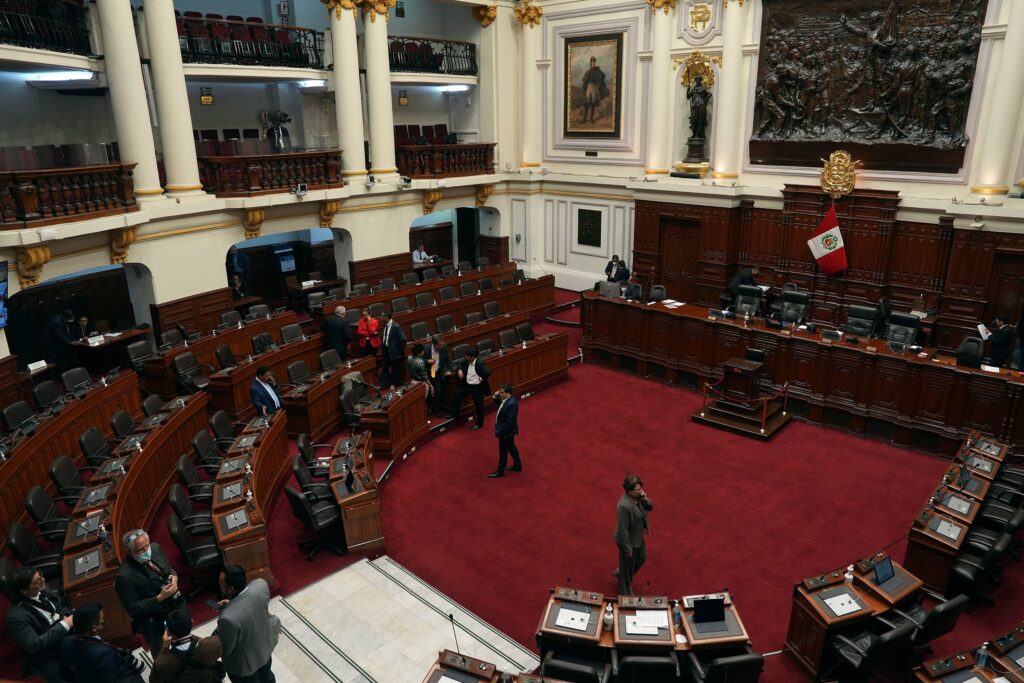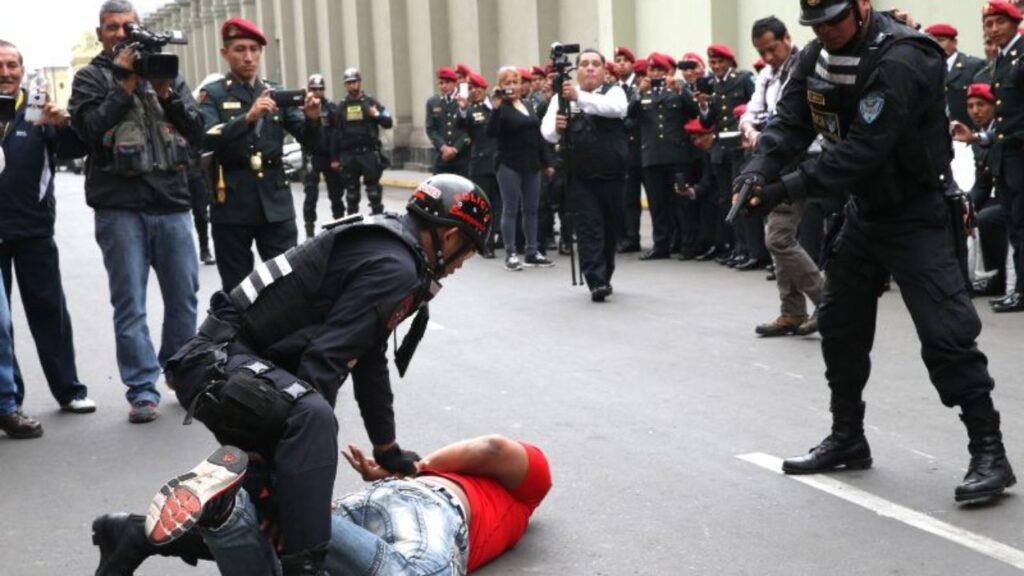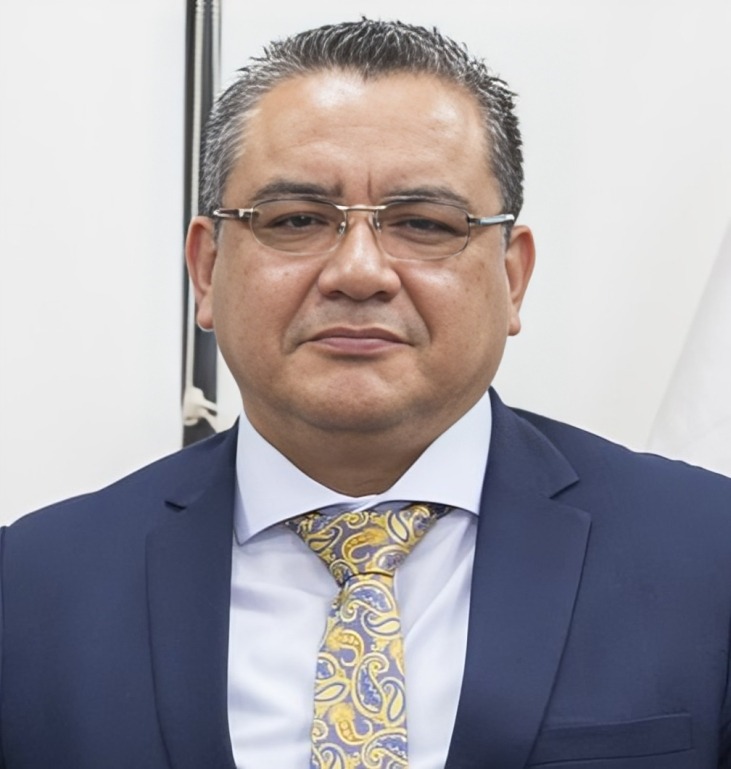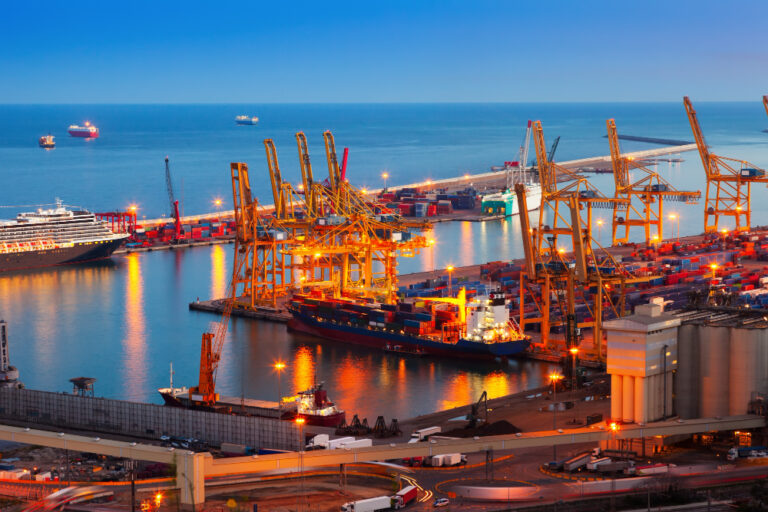
On March 21, 2025, Peru’s Congress delivered a resounding vote of no confidence, ousting Interior Minister Juan José Santiváñez with a tally of 78 votes in favor, 11 against, and 20 abstentions. This dramatic move, enacted just two days before the close of a turbulent week, marked the end of Santiváñez’s ten-month tenure—a period defined by a relentless surge in violent crime and a growing public outcry that finally reached a breaking point. The decision came amid a state of emergency in Lima, the assassination of a beloved cumbia singer, and a deepening rift between Peru’s executive and legislative branches. For a nation already battered by political instability, the removal of Santiváñez is both a symptom of deeper malaise and a flashpoint in an ongoing struggle for control and security.
A Nation Under Siege

Peru in 2025 is a country on edge. The National Institute of Statistics and Informatics reported a staggering 35% increase in homicides in 2024, with the number rising from 1,508 to 2,059—a grim statistic that has only worsened into the new year. Extortion rackets, gang violence, and targeted killings have become disturbingly routine, particularly in the capital, Lima, where nearly a third of Peru’s 33 million people reside. The government’s response—a state of emergency declared on March 17, 2025, accompanied by the deployment of soldiers to patrol the streets—did little to quell the chaos. Instead, it underscored the depth of the crisis and the apparent impotence of the authorities tasked with addressing it.
The tipping point came on March 16, when Paul Flores, the 39-year-old lead singer of the popular cumbia band Armonía 10, was gunned down in a brazen attack on his tour bus following a concert in Lima. Flores’s death was not just another statistic; it was a cultural gut punch. Armonía 10, with its infectious rhythms and decades-long presence in Peruvian music, had long been a source of joy and unity in a nation often divided by class, geography, and politics. The murder sparked nationwide protests, with citizens taking to the streets in Lima and beyond, demanding action against the spiraling violence. For many, Flores’s killing symbolized the government’s failure to protect even its most visible and cherished figures.
The Rise and Fall of Juan José Santiváñez

Juan José Santiváñez assumed the role of Interior Minister in May 2024, becoming the sixth person to hold the post in the 17 months since President Dina Boluarte took office in December 2022. His appointment followed the abrupt resignation of his predecessor, Walter Ortiz, amid criticism over the dissolution of a police unit tasked with fighting corruption—a move that hinted at the political maneuvering that would define Santiváñez’s tenure. A career law enforcement official with a background in combating organized crime, Santiváñez was initially seen as a pragmatic choice to tackle Peru’s mounting security challenges. Yet, his time in office quickly became a lightning rod for controversy.
From the outset, Santiváñez faced a Herculean task. Peru’s National Police, under his purview, were underfunded, overstretched, and plagued by allegations of corruption. The rise of criminal organizations, fueled in part by the country’s role as a cocaine trafficking hub, had outpaced the state’s ability to respond. Extortion schemes targeting small businesses and public figures alike had become a pervasive threat, while gang-related violence claimed lives with alarming frequency. Santiváñez pledged a hardline approach, promising to restore order through increased police presence and coordination with the military. But his efforts yielded little tangible progress, and his tenure was soon overshadowed by political battles that diverted attention from the streets to the halls of power.
The Interior Minister’s troubles deepened in early 2025, as allegations of misconduct began to surface. Recorded conversations, later made public, suggested Santiváñez may have played a role in facilitating the escape of Vladimir Cerrón, a fugitive former governor and leader of the Peru Libre party. Further accusations, bolstered by plea-bargaining testimony, pointed to possible bribery to influence judicial outcomes. While Santiváñez dismissed these claims as fabrications by his enemies, the damage was done. The Ministerio Público, Peru’s public prosecutor’s office, launched investigations and even ordered a search of his residence—an unprecedented move that intensified the standoff between the executive and judicial branches.
A Vote of No Confidence
The immediate catalyst for Santiváñez’s ousting was the assassination of Paul Flores and the subsequent public backlash. On March 17, as Lima descended into a state of emergency, opposition lawmakers in Congress seized the moment, filing a motion of no confidence against the Interior Minister. They accused him of “political responsibility and inability to address the wave of citizen insecurity,” a charge echoed in a statement posted on Congress’s official X account following the vote. The motion gained traction swiftly, fueled by public protests and the outrage of a populace tired of empty promises.
The vote itself, held on Friday, March 21, was a decisive rebuke. With 78 of Peru’s 130 lawmakers in favor, the tally reflected a rare moment of unity in a Congress often paralyzed by factionalism. Santiváñez, by law, has 72 hours from the vote to vacate his position, though he vowed to respect the decision despite insisting he had “worked tirelessly” alongside the police. His departure leaves a gaping hole in Boluarte’s cabinet at a time when her administration can ill afford further instability.
Dina Boluarte’s Embattled Presidency

The ousting of Santiváñez is not just a personal defeat for the minister; it is a blow to President Dina Boluarte, whose leadership has been under siege since she assumed power following the impeachment and arrest of her predecessor, Pedro Castillo, in December 2022. Boluarte, a former vice president with no prior electoral mandate, has struggled to assert authority in a country reeling from years of political upheaval. Her approval rating, hovering around 3% according to recent polls, reflects a profound disconnect with the Peruvian people.
Santiváñez had emerged as one of Boluarte’s most loyal allies, shielding her from a barrage of investigations into her own conduct—including a high-profile probe into her possession of luxury Rolex watches, which sparked a scandal in 2024. His removal weakens her position further, especially as tensions with the judiciary and Congress escalate. Just weeks before the no-confidence vote, Boluarte accused the Ministerio Público and the media of orchestrating a “coup” against her government—a claim she reiterated in approving Santiváñez’s travel to Europe despite a judicial order barring him from leaving the country. This defiance only deepened the perception of a presidency in disarray.
The broader context of Boluarte’s rule is one of relentless crisis. Since taking office, she has overseen a revolving door of ministers—Santiváñez was the sixth Interior Minister in her tenure alone—and faced nationwide protests that left dozens dead in 2023. Her administration’s focus on law and order, a rhetorical priority, has failed to deliver results, as evidenced by the crime wave that precipitated Santiváñez’s downfall. With general elections not scheduled until April 2026, Boluarte’s ability to weather the next 16 months remains an open question.
The Crime Wave and Its Roots
At the heart of this political drama is Peru’s unrelenting crime crisis, a multifaceted problem with deep structural roots. The country’s position as the world’s second-largest cocaine producer has long made it a battleground for narco-trafficking organizations, whose influence has seeped into urban centers like Lima. The economic fallout from the COVID-19 pandemic, coupled with a recession in 2023, has exacerbated inequality, pushing many into the informal economy and creating fertile ground for criminal enterprises.
Extortion, in particular, has emerged as a scourge. Gangs demand protection money from shopkeepers, taxi drivers, and even entertainers, with non-compliance often met with violence. The murder of Paul Flores is widely believed to be linked to such a scheme, though authorities have yet to confirm a motive. Meanwhile, the National Police, tasked with stemming this tide, are hampered by low morale, inadequate resources, and a legacy of mistrust stemming from past abuses.
Santiváñez’s strategy—bolstering police presence and leaning on military support—mirrored tactics used in previous states of emergency, such as one imposed from September to December 2024. Yet, these measures have proven insufficient, raising questions about whether Peru’s security apparatus is equipped to confront the scale of the challenge. Critics argue that a broader approach, addressing poverty, corruption, and judicial inefficiencies, is needed—a prospect that seems distant amid the current political turmoil.
What Lies Ahead
The ousting of Santiváñez leaves Peru at a crossroads. Boluarte must now appoint a new Interior Minister, a decision that will test her ability to rally support in a fractious Congress and restore public confidence. The incoming minister will inherit a security crisis with no easy solutions, as well as the unenviable task of navigating the political minefield left by Santiváñez’s departure.
For the Peruvian people, the stakes are even higher. The protests sparked by Flores’s death show no signs of abating, with demonstrators calling not just for safety but for systemic change—a new constitution, early elections, and an end to the cycle of instability that has defined the nation for decades. Congress, too, faces pressure to act beyond symbolic gestures like the no-confidence vote, though its own unpopularity—hovering at 11% approval—limits its moral authority.
Internationally, Peru’s descent into chaos has drawn attention, with observers noting the implications for a key copper exporter and regional player. The ousting of Santiváñez, while a domestic affair, underscores the fragility of a democracy still grappling with the legacy of authoritarianism, economic inequality, and social unrest.
As the dust settles on March 21, 2025, one thing is clear: Peru’s troubles are far from over. The fall of Juan José Santiváñez is but a chapter in a larger story of a nation searching for stability in the face of relentless adversity. Whether the next chapter brings resolution or further descent remains to be seen.




